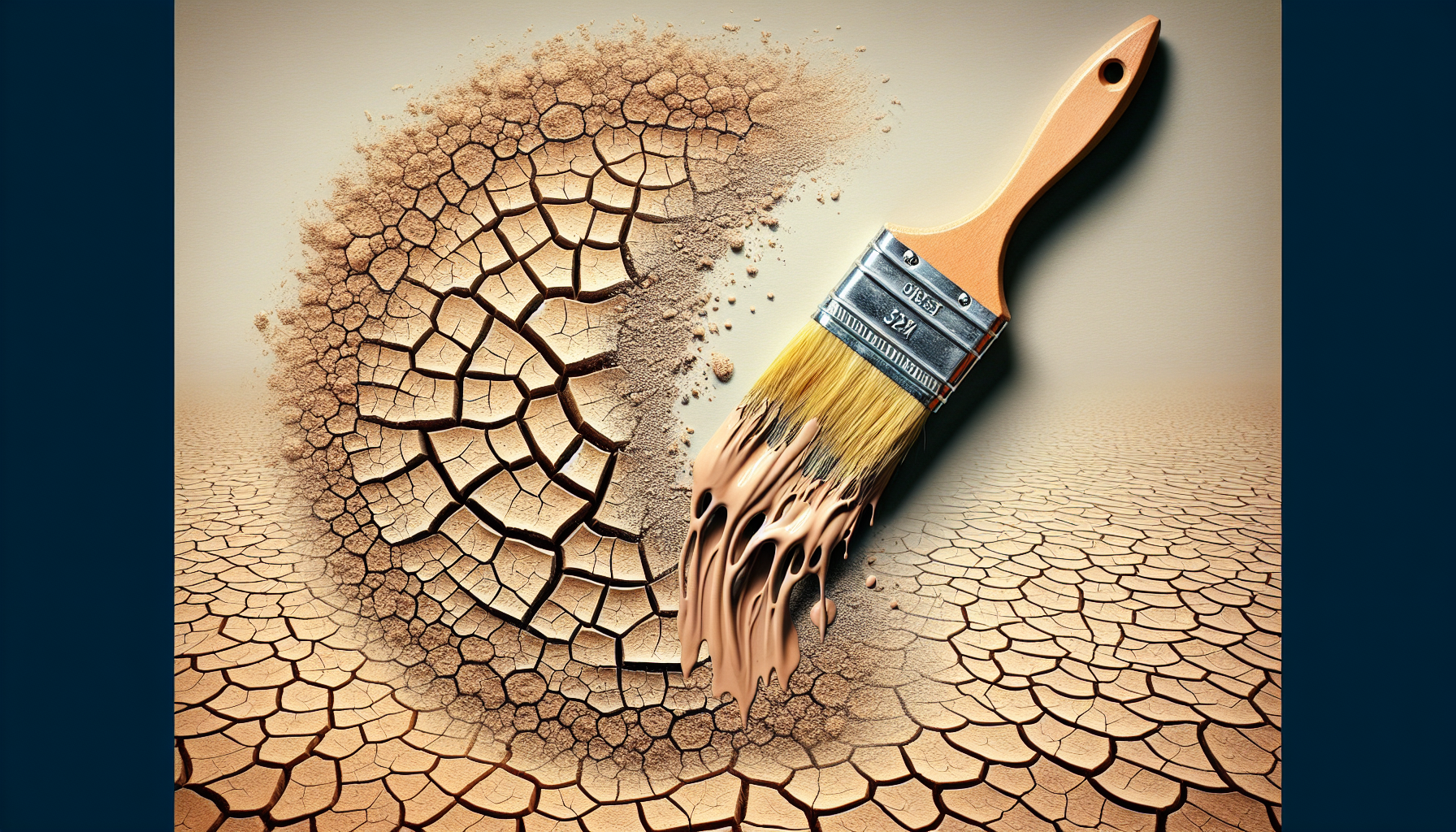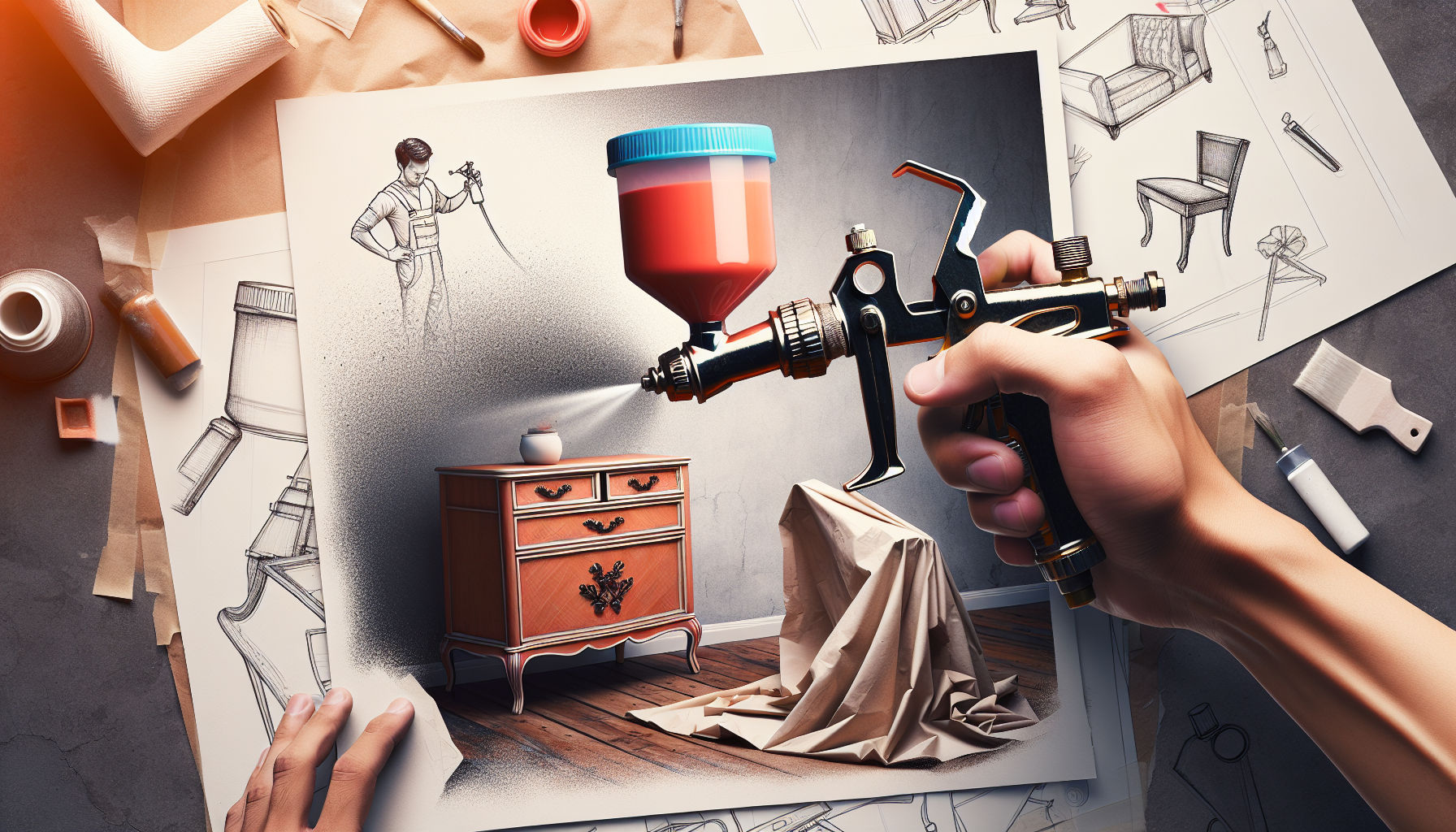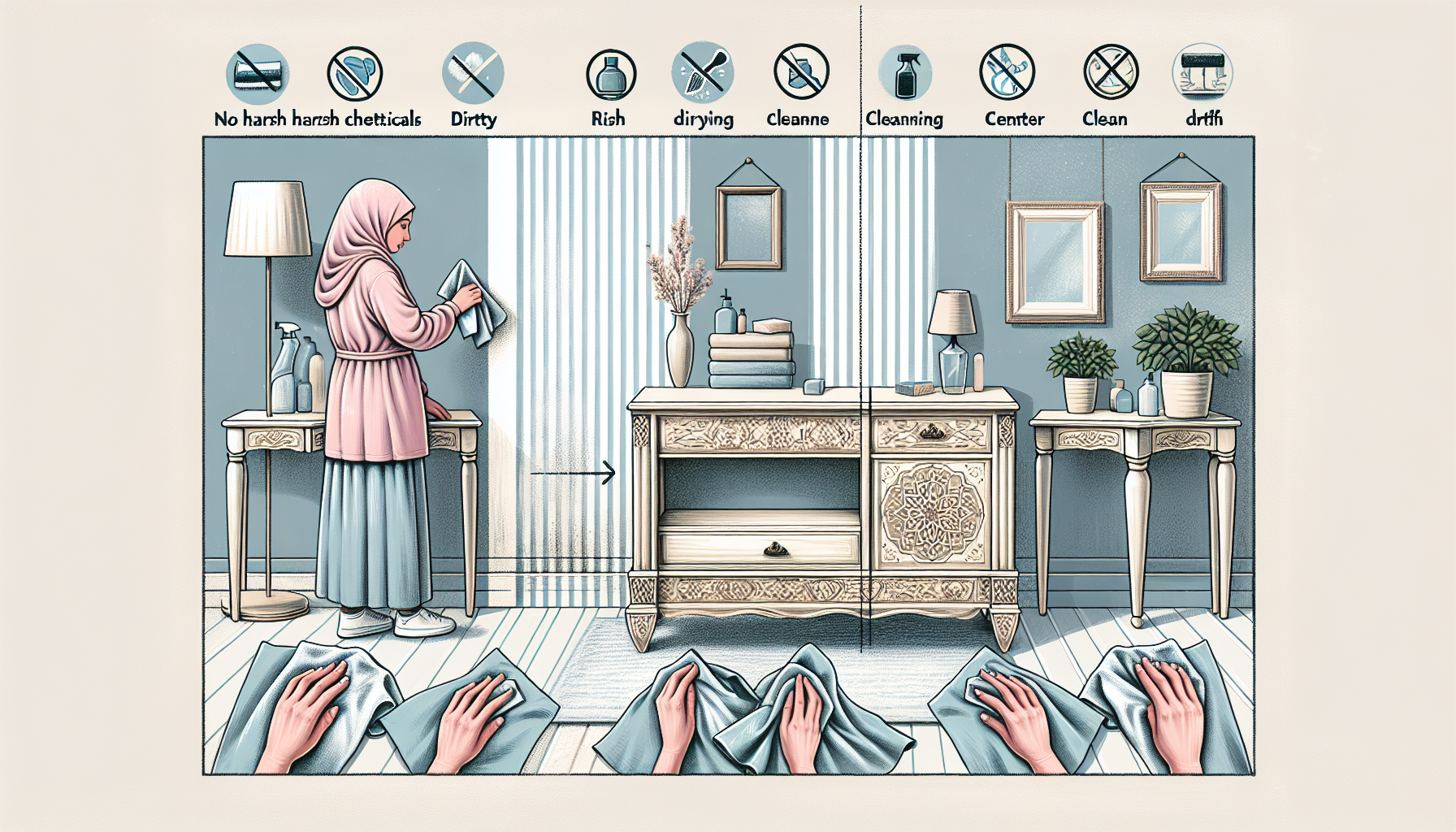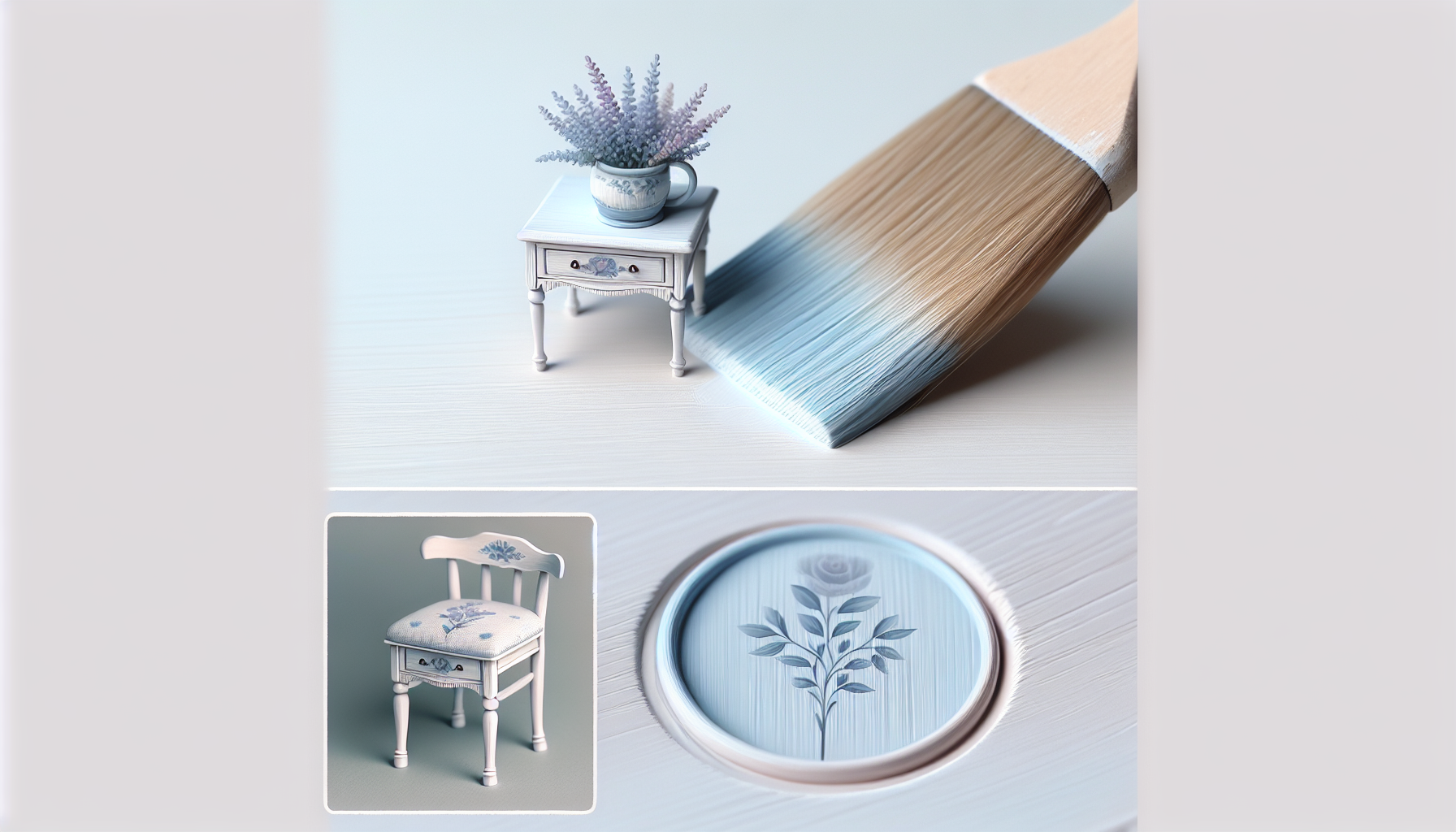Chalk paint has gained popularity among DIY enthusiasts and professionals due to its versatile application and unique matte finish. However, it is essential to have a clear understanding of its drying time to ensure successful and smooth painting projects. In this article, we will explore the factors that influence the drying time of chalk paint, providing you with valuable insights on how long it typically takes for this type of paint to dry. Whether you are a seasoned painter or a novice, understanding these essential timings will undoubtedly enhance your painting experience and deliver exceptional results.
Factors Affecting Chalk Paint Drying Time
Chalk paint is a versatile and popular choice for furniture and crafts due to its unique matte finish and ease of use. However, the drying time of chalk paint can vary based on several factors. Understanding these factors can help you plan and manage your painting project more effectively.
Type of Chalk Paint
One of the primary factors that affect drying time is the type of chalk paint used. There are two main types of chalk paint: water-based and oil-based.
Water-Based Chalk Paint
Water-based chalk paint is the most common type and is known for its quick drying time. Due to the water content in the paint, it dries faster than oil-based chalk paint. Water-based chalk paint usually dries to the touch within 30 minutes to an hour, allowing you to proceed with additional coats or other finishing techniques sooner.
Oil-Based Chalk Paint
Oil-based chalk paint, on the other hand, has a longer drying time compared to its water-based counterpart. This is because oil-based paints contain oils or solvents that take longer to evaporate. Oil-based chalk paint may take several hours or even overnight to dry completely, depending on the thickness of the application and environmental conditions. It is important to be patient and avoid disturbing the paint before it is fully dry to prevent smudging or smearing.
Comparison of Drying Times
In summary, the choice of chalk paint type can significantly impact the drying time. Water-based chalk paint is recommended if you require a quicker drying time, while oil-based chalk paint is suitable for projects that allow for longer drying periods.
Thickness of Application
The thickness of the chalk paint application can also affect drying time. Applying thin layers of chalk paint tends to dry faster compared to thicker layers. Thin layers allow for better airflow and evaporation, enabling the paint to dry more quickly. On the other hand, thick layers of chalk paint may require an extended drying time, as the paint needs more time to dry and cure.
When painting with chalk paint, it is generally recommended to apply multiple thin coats rather than one thick coat. This not only speeds up the drying time but also improves the overall finish and durability of the paint.
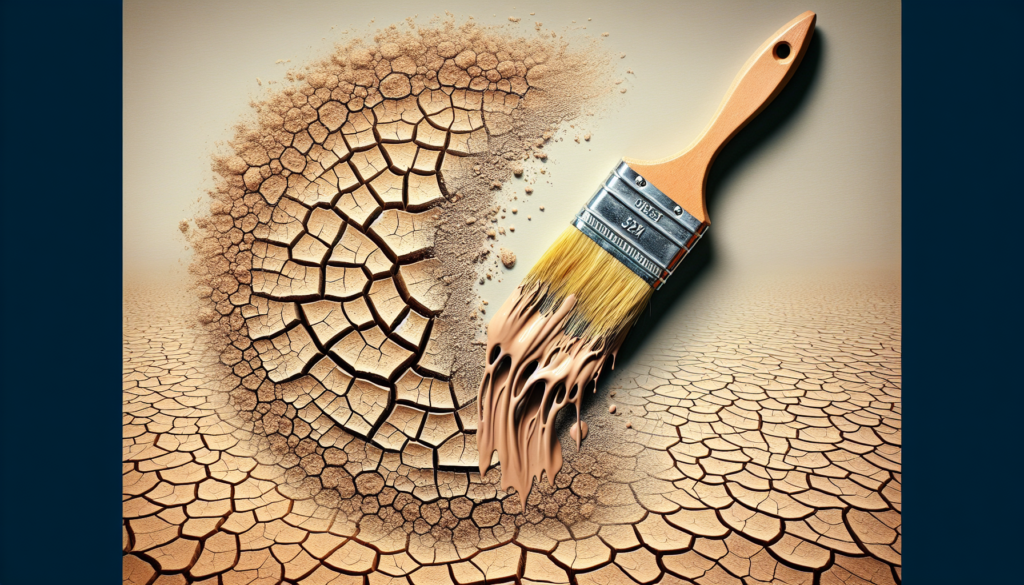
Temperature and Humidity
Environmental factors such as temperature and humidity play a significant role in the drying time of chalk paint. The ideal drying conditions for chalk paint are moderate temperature and low humidity.
Effect of Temperature
Warmer temperatures accelerate the drying process, while colder temperatures can prolong the drying time. When painting with chalk paint, it is best to work in a temperature range of 70-85°F (21-29°C) for optimal drying. This range ensures a balanced drying process and prevents the paint from drying too quickly or too slowly.
Effect of Humidity
High humidity levels can impede the drying process of chalk paint. Excessive moisture in the air slows down the evaporation of water or solvents present in the paint, leading to longer drying times. If you are experiencing high humidity, consider using a dehumidifier or fan to improve air circulation and aid in the drying process.
Ideal Conditions for Faster Drying
To expedite the drying time of chalk paint, it is recommended to work in a controlled environment with moderate temperature and humidity levels. A well-ventilated space with a temperature of around 70-85°F (21-29°C) and humidity below 50% provides optimal conditions for faster drying. Additionally, avoiding direct sunlight or intense heat sources is essential to prevent the paint from drying too quickly, which can result in a poor finish.
Ventilation
Proper ventilation is crucial for both the drying process of chalk paint and personal safety. Adequate ventilation allows for better airflow and evaporation of the paint, contributing to faster drying times. It also helps to reduce the concentration of fumes and prevent the buildup of potentially harmful substances.
Importance of Adequate Ventilation
When working with chalk paint, ensure that the area is well-ventilated by opening windows or using fans to improve air circulation. This is particularly important when using oil-based chalk paint, as the fumes released during the drying process can be stronger and more pungent. Proper ventilation not only helps expedite the drying time but also ensures a healthier painting environment.
Effect on Drying Time
Insufficient ventilation can lead to longer drying times for chalk paint. Without adequate airflow, the paint may take longer to dry and cure, resulting in a tacky or sticky finish. To avoid this, make sure there is sufficient air movement in the painting area to help the paint’s drying process.
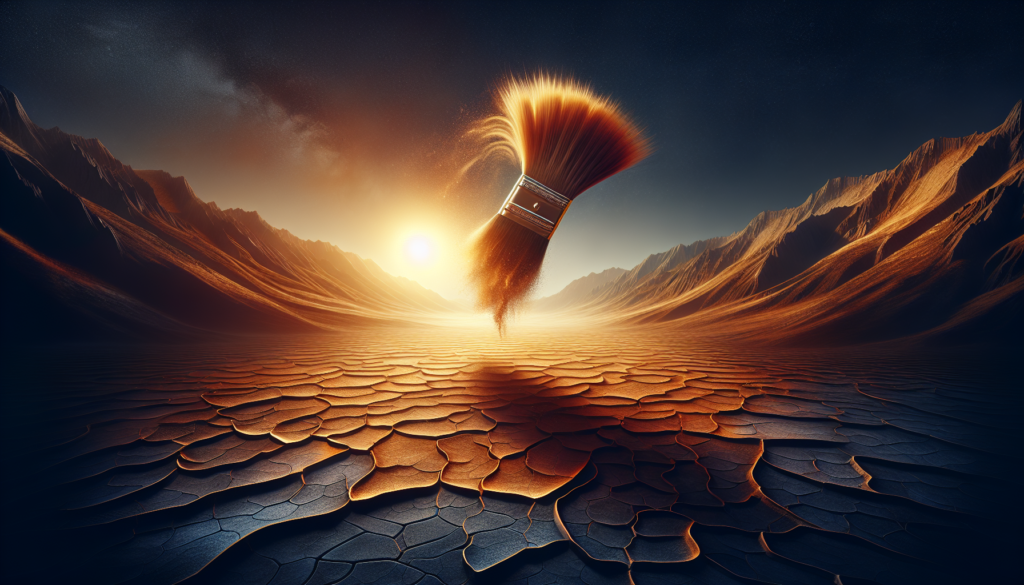
Surface Material
The material or surface being painted can also affect the drying time of chalk paint. Different materials have varying levels of porosity and smoothness, which can impact how quickly the paint dries and adheres.
Effect of Porosity
Highly porous surfaces, such as unfinished wood or porous fabrics, tend to absorb more moisture from the paint, resulting in a longer drying time. To reduce the drying time on porous surfaces, consider applying a primer or sealing the surface before applying the chalk paint. This helps seal the pores and prevent excessive moisture absorption, leading to faster drying.
Effect of Smoothness
Smooth surfaces, such as glass or metal, allow for quicker evaporation of moisture from the paint, resulting in faster drying times. If you are working on a slick or non-porous surface, it is essential to ensure proper adhesion by cleaning and preparing the surface before applying the chalk paint.
Preparation Tips
To enhance the drying time on various surface materials, it is recommended to clean and prepare the surface properly before painting. This includes removing dirt, grease, and any previous finishes to create a clean and ideal surface for the paint to adhere to. Proper preparation not only improves the drying time but also helps achieve a smoother and more durable finish.
Presence of Sealant or Wax
The presence of sealant or wax on top of chalk paint can significantly impact the drying time. Sealants and waxes are commonly used to protect and enhance the finish of chalk-painted surfaces.
Effect of Sealant
Applying a sealant over chalk paint can extend the drying time, especially if the sealant contains oils or solvents that require additional drying and curing time. It is important to consider the recommended drying time for the specific sealant being used and allow sufficient time for both the chalk paint and the sealant to dry before handling or using the painted surface.
Effect of Wax
Wax is a popular choice for adding a protective and smooth finish to chalk-painted surfaces. However, applying wax requires a specific drying time to ensure optimal results. Depending on the brand and quality of the wax, the recommended drying time can vary. It is essential to adhere to the manufacturer’s guidelines to achieve the desired finish and prevent any potential issues arising from premature handling or usage.
Recommended Drying Time
When using sealants or waxes over chalk paint, it is crucial to follow the manufacturer’s instructions regarding the recommended drying time. This ensures that both the chalk paint and the protective layer have adequately dried and cured to provide the desired finish and durability.
Layering of Paint
Layering chalk paint is a common technique used to achieve depth, texture, and unique effects. However, the number of layers and the waiting time between each layer can affect the drying time.
Waiting Time Between Layers
When using multiple layers of chalk paint, it is essential to allow each layer to dry completely before applying the next. The drying time between layers can vary based on the type of chalk paint, thickness of application, environmental conditions, and other factors discussed earlier. It is recommended to follow the manufacturer’s guidelines or wait for at least a few hours before applying subsequent layers to ensure proper adhesion and avoid smudging or lifting of the previous layers.
Effect on Drying Time
The more layers of paint applied, the longer the overall drying time. Each layer needs to dry and cure independently, which may extend the project’s duration. Patience is key when working with layered chalk paint projects, as rushing the drying process can lead to undesirable results.
Brand and Quality of Chalk Paint
The brand and quality of chalk paint can also influence the drying time. Different brands may have variations in their formulas, additives, and drying agents, resulting in varying drying times.
Drying Time Variations
Some brands of chalk paint may promote faster drying times, while others may require longer drying periods. It is important to read the manufacturer’s guidelines and product descriptions to understand the expected drying time for a specific brand of chalk paint.
Factors Affecting Quality
The quality of the chalk paint can also affect drying time. Higher-quality paints often have better formulations and drying agents that expedite the drying process without compromising the paint’s finish or durability. Investing in a reputable and high-quality brand of chalk paint can ensure consistent and reliable drying times.
Importance of Reading Manufacturer Guidelines
To ensure optimal drying time and performance, it is crucial to read and follow the manufacturer’s guidelines provided with the chalk paint. The guidelines often include recommended drying times, application techniques, and other important instructions specific to the particular brand and type of chalk paint.
Painting Technique
The technique used for applying chalk paint can also impact the drying time. Different techniques, such as brush, roller, or spray application, can affect the paint’s thickness, coverage, and ultimately, the drying time.
Brush Techniques
Using a brush to apply chalk paint allows for maximum control and precision. Brush strokes can create texture and contribute to a unique finish. However, if the paint is applied too thickly, it can increase the drying time. To ensure faster drying when using a brush, apply thin, even layers and avoid excessive build-up.
Roller Techniques
Roller application of chalk paint provides a smoother and more uniform finish. It is a popular choice for larger surfaces or when speed is a priority. When using a roller, it is important to control the amount of paint applied to avoid thick layers that may require longer drying times. Applying thin coats with a roller can help expedite the drying process.
Spray Techniques
Spray application of chalk paint allows for quick and even coverage, particularly on intricate or hard-to-reach areas. Spraying the paint creates a fine mist, which can result in a thinner layer compared to brush or roller application. This often leads to faster drying times. However, it is crucial to apply multiple thin coats when using a spray gun to achieve proper coverage and prevent runs or drips.
Drying Time Considerations
Regardless of the painting technique used, it is essential to consider the drying time and plan accordingly. Allow each layer to dry completely before proceeding with subsequent coats or finishing techniques to avoid any chances of marring or damaging the paint.
In conclusion, several factors can influence the drying time of chalk paint. The type of chalk paint, thickness of application, temperature and humidity levels, ventilation, surface material, presence of sealant or wax, layering of paint, brand and quality, color, and painting technique all contribute to how quickly chalk paint dries. By understanding these factors and considering them in your painting project, you can achieve optimal results and ensure the paint dries to a beautiful and durable finish.
